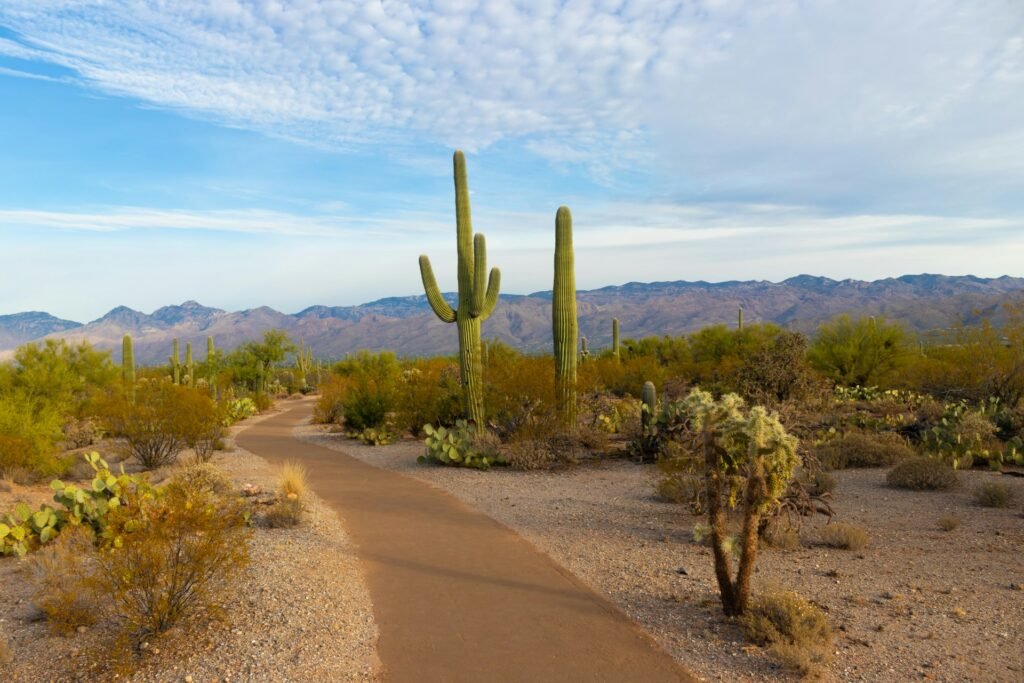Climate change or global warming is a very big problem in the whole world. Humans in almost every part of the world are now suffering from any of the problems caused by climate change. Although the impact of climate change is different from place to place and there are some country-wise variations, almost all the countries of the world are responsible for this climate change in one way or another. We need to get rid of it. So there are some solutions to decrease the rate of climate change in the whole world.
Afforestation & reforestation: The first step to decrease the rate of climate change is planting trees more and more. We should plant trees in any vacant and fallen places. If we don’t have any free space in our house, then we should plant trees on the balcony and terrace.
Transition to Renewable Energy: Invest in renewable energy sources such as solar, wind, and hydroelectric power to reduce reliance on fossil fuels and decrease greenhouse gas emissions. Much of our electricity and heat is powered by coal, oil, and gas. Use less energy by lowering your heating and cooling, switching to LED light bulbs and energy-efficient electric appliances, washing your laundry with cold water, or hanging things to dry instead of using a dryer.
Transportation: We should think much about our transportation method. For example, we should use more public transportation than using private transport.
Sustainable Agriculture: Adopt sustainable agricultural practices such as agroforestry, crop rotation, and precision farming to reduce emissions from land use change and improve soil health.
Adaptation Measures: Invest in infrastructure and policies to adapt to the impacts of climate change, such as building resilient coastal defenses, improving water management systems, and implementing early warning systems for extreme weather events.
International Cooperation: Foster international cooperation and agreements to set ambitious emissions reduction targets, share technological innovations, and provide financial support to developing countries for climate action.
Food: When you throw food away, you’re also wasting the resources and energy that were used to grow, produce, package, and transport it. And when food rots in a landfill, it produces methane, a powerful greenhouse gas. So use what you buy and compost any leftovers.
Industry: Heavy industry—the factories and facilities that produce our goods—is responsible for greenhouse gas emissions 40% in the whole world. Most industrial emissions come from making a small set of carbon-intensive products: basic chemicals, iron and steel, cement, aluminum, glass, and paper. Complicating matters is the fact that many industrial plants will stay in operation for decades, so emissions goals for 2050 are really just one investment cycle away. Given these long horizons for building and retrofitting industrial sites, starting investments and plans now is critical.
Our Choices: Finally, it should go without saying that we, as individuals, are key to solving the climate crisis not just by continuing to lobby our legislators and speak up in our communities but also by taking climate actions in our daily lives. By switching off fossil fuels in our homes and being more mindful of the climate footprint of the food we eat, our shopping habits, how we get around, our use of plastics and fossil fuels, and what businesses we choose to support (or not to support), we can move the needle. But it’s when we act collectively that real change happens and we can do even more than cut down on carbon pollution. Communities banding together have fought back fracking, pipelines, and oil drilling in people’s backyards. These local wins aren’t just good news for our global climate but they also protect the right to clean air and clean water for everyone. After all, climate change may be a global crisis, but climate action starts in your own hometown.
We have a responsibility to consider the implications of our choices and to make sure that these choices are actually helping to reduce the burdens of climate change, not merely shifting them somewhere else. It’s important to remember that the impacts of climate change—which intersect with and intensify so many other environmental, economic, and social issues—fall disproportionately on certain communities, namely low-income communities and communities of color. That’s why our leaders have a responsibility to prioritize the needs of these communities when crafting climate policies. If those on the frontlines aren’t a part of conversations around climate solutions, or do not feel the benefits of things like cleaner air and better job opportunities, then we are not addressing the roots of the climate crisis.
So, we should understand the effect of climate change in the whole world and try to get rid of it. Otherwise, our future generation will lead a very unhealthy life.



